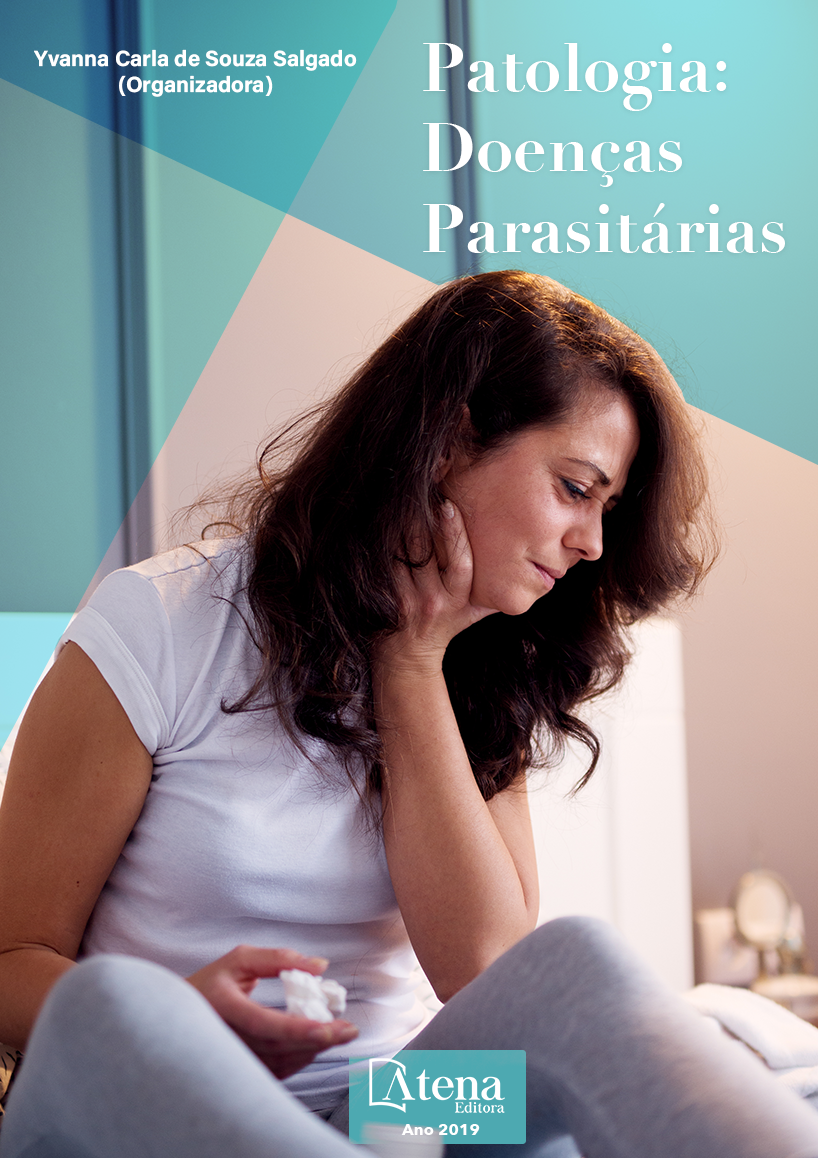
INJÚRIA CAUSADA POR ARRAIA DE ÁGUA DOCE (Potamotrygon sp.) NO MUNICÍPIO DE AFUÁ, ILHA-DE-MARAJÓ, PARÁ, BRASIL (2017)
Acidentes por
arraias é comum na Amazônia brasileira, e
causa importante impacto em moradores
ribeirinhos ao exercerem atividades de lazer ou
pesca artesanal. A dor aguda desproporcional
ao ferimento, infecção secundária e a necrose
de difícil cicatrização são as principais
características dos ferimentos provocados pelas
arraias de água doce. OBJETIVOS: Descrever
os aspectos clínicos e terapêuticos dos acidentes
por arraia de água doce no município de Afuá
no estado do Pará, Brasil. MÉTODO: Estudo
clínico prospectivo, observacional e longitudinal
realizado no ano de 2017. RESULTADOS:
Foram investigados 13 casos de acidentes
envolvendo arraias. Os acidentes foram mais
frequentes no sexo masculino, na faixa etária
de 11 a 20 anos, e levaram, em média, de uma
a três horas para receber atendimento médico.
Os acidentes ocorreram durante atividades de
lazer na maioria dos casos. A dor aguda foi a
principal manifestação local. Manifestações
sistêmicas ocorreram na maioria das vítimas,
sendo a febre o principal sintoma. A maior parte
evoluiu com complicações locais e infecção
secundária. Para o tratamento a terapêutica
utilizada consistiu em: lavar o local, imersão em
água morna, anestésico local, debridamento,
colocação de dreno, sutura, anti-inflamatórios,
antibióticos (Cefalexina, Cefalotina, Cefriaxona
e Metronidazol) e Anatoxina tetânica.
CONCLUSÃO: Embora este tipo de acidente
seja comum no Brasil, sua nosologia é
pouco conhecida pela classe médica, não
há tratamento específico, e existem poucos
estudos em relação ao assunto. É extremamente
necessário que sejam realizados mais estudos
acerca do assunto
INJÚRIA CAUSADA POR ARRAIA DE ÁGUA DOCE (Potamotrygon sp.) NO MUNICÍPIO DE AFUÁ, ILHA-DE-MARAJÓ, PARÁ, BRASIL (2017)
-
DOI: 10.22533/at.ed.97819180333
-
Palavras-chave: Animais peçonhentos. Arraias. Picadas.
-
Keywords: Venomous animals. Stingray. Stings.
-
Abstract:
Accidents caused by stingrays are common in the
Brazilian Amazon, and have an important impact on riparian residents when practicing
leisure activities or artisanal fishing. Acute pain disproportionate to injury, secondary
infection, and difficult-to-heal necrosis are the main characteristics of wounds inflicted
by freshwater stingrays. OBJECTIVES: To describe the clinical and therapeutic aspects
of freshwater sting accidents in the city of Afuá in the state of Pará, Brazil. METHOD:
A prospective, observational and longitudinal clinical study was carried out in 2017.
RESULTS: Thirteen cases of stinging accidents were investigated. Accidents were
more frequent in males, in the age group of 11 to 20 years, and took, on average, one
to three hours to receive medical attention. Accidents occurred during leisure activities
in most cases. Acute pain was the main local manifestation. Systemic manifestations
occurred in the majority of victims, with fever being the main symptom. Most developed
with local complications and secondary infection. For treatment the therapy used
consisted of: washing the spot, immersion in warm water, local anesthetic, debridement,
drainage, suture, anti-inflammatories, antibiotics (Cephalexin, Cephalothin, Cefriaxone
and Metronidazole) and Tetanus toxoid. CONCLUSION: Although this type of accident
is common in Brazil, its nosology is little known by the medical profession, there is no
specific treatment, and there are few studies in relation to the subject. There is a great
need for more studies on the subject.
-
Número de páginas: 15
- Elder Oliveira da Silva


